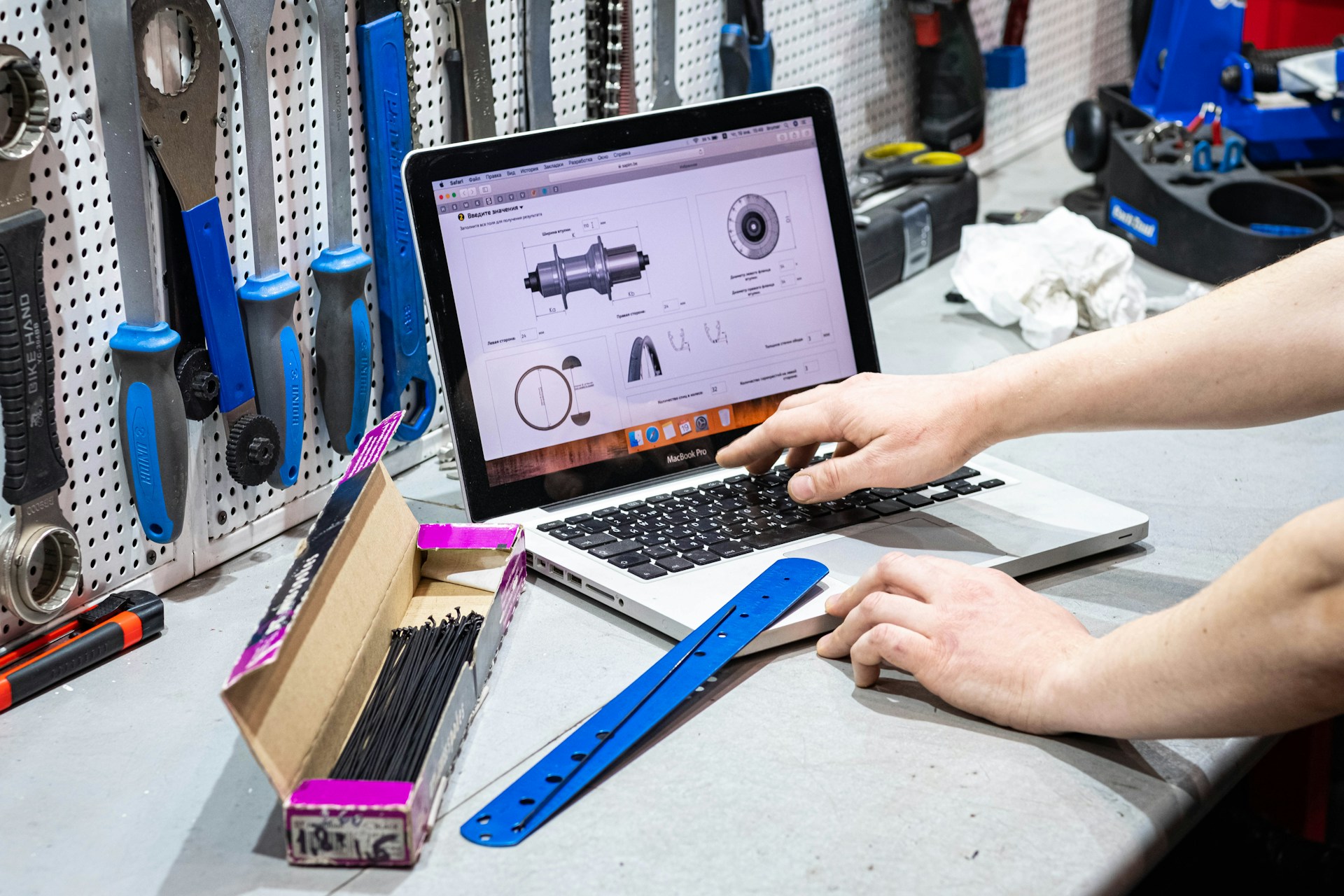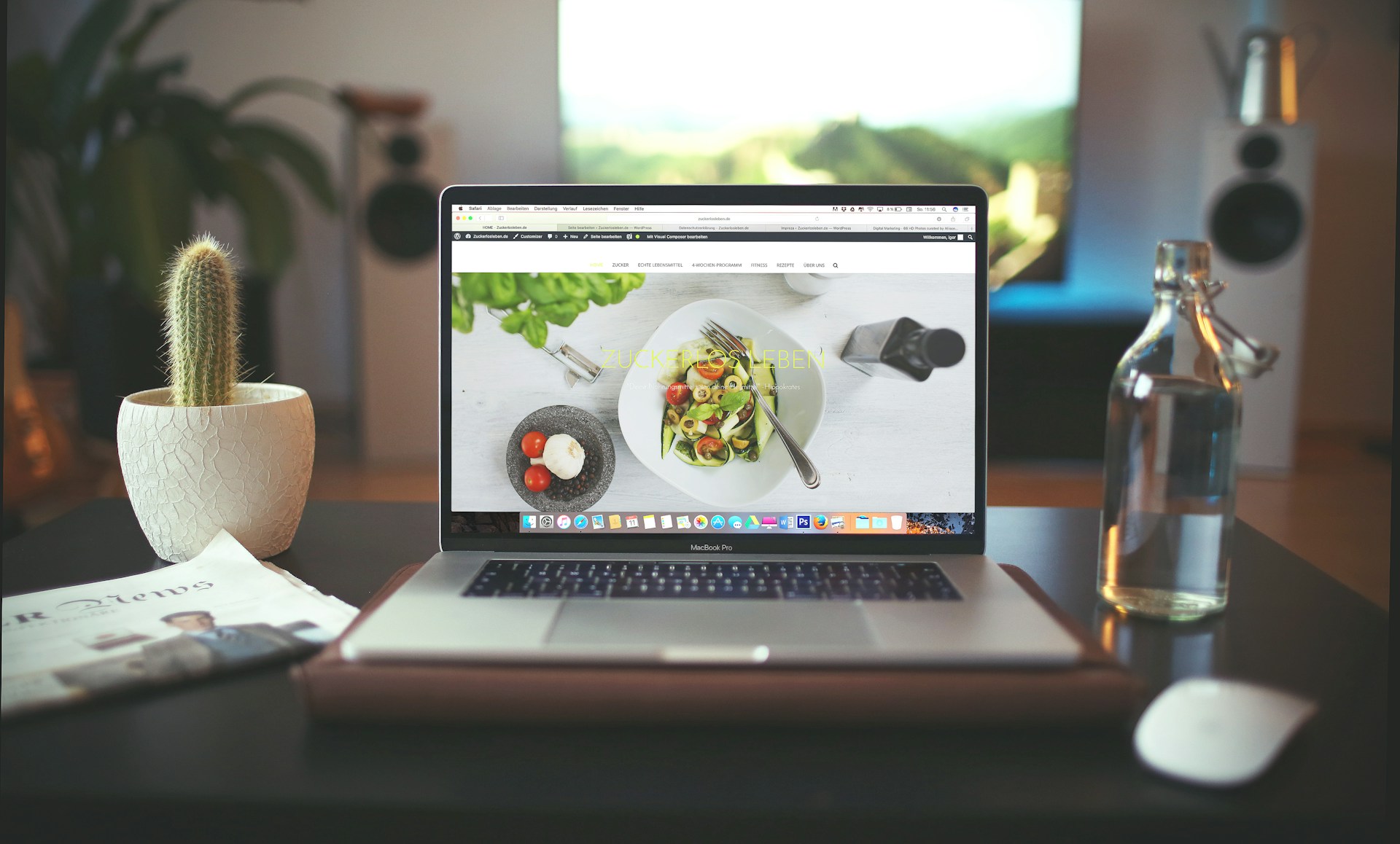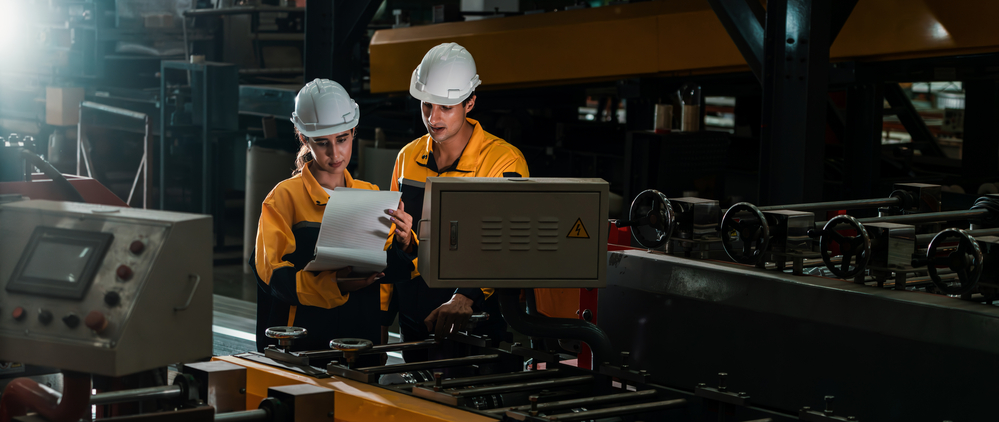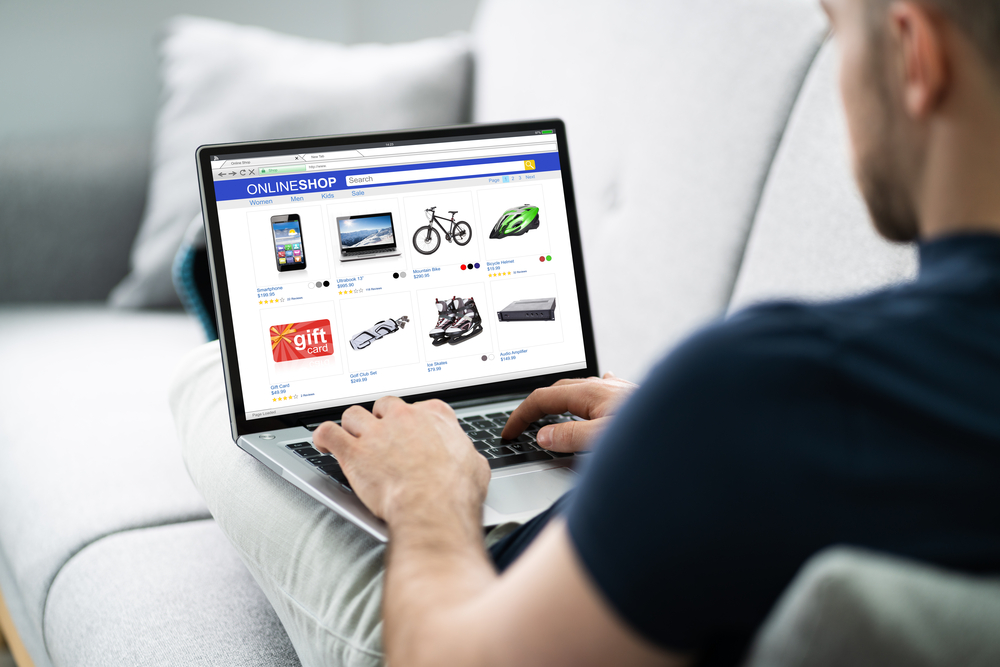B. Bertrand
We’re a busy startup and switching to Hyperlinks Media to manage our website was one of the smartest decisions we’ve made. They’re professional and made us a high-quality website the way we wanted it. We just added another site for a subsidiary of our business. Wouldn’t look anywhere else












